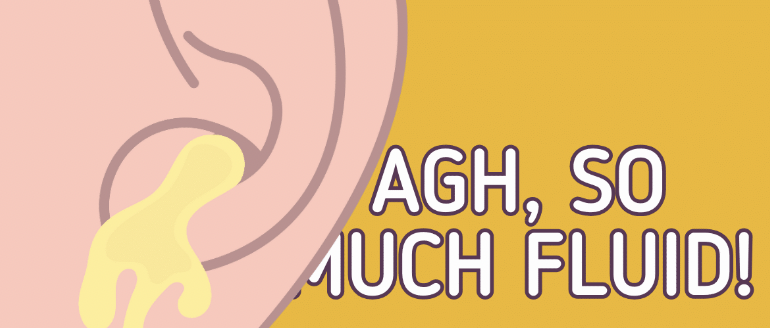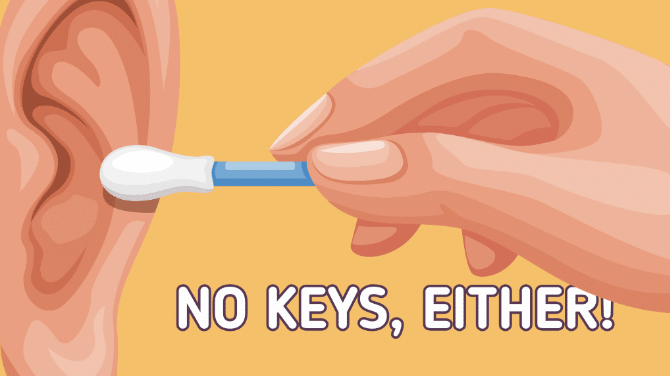Discover the six most important symptoms of an ear infection. Learn about the symptoms, causes, and remedies. Keep your hearing safe! Find out more.
Ear infections aren’t just a children problem; they affect 20% of adults as well. Bacteria and viruses are not picky. Those with compromised immune systems and ear irritation should exercise caution. Recognize these unpleasant infections early in order to receive prompt treatment.

We bring you symptoms and prevention tips for an ear infection, but remember to consult your doctor for medical concerns.
1. Itchiness

If left untreated, you may have slight irritation in the inner ear canal, which can worsen.
- Redness
Redness can begin inside the ear canal and proceed to the outside and interior of the ear.
- Pain or discomfort
Early on, you may experience general ear ache, particularly when manipulating the tragus or earlobe. As the illness advances, you may experience ear fullness. The discomfort may also spread to your face, neck, or head.
- Fluid drainage

Odorless fluid drainage, initially minimal, can become excessive as the infection advances.
- Muffled hearing or ringing
In severe cases, you might experience muffled hearing or persistent ringing in the affected ear.
- Swollen neck lymph nodes
Untreated infections can lead to visibly swollen lymph nodes, often accompanied by fever due to complete ear canal blockage.
Prevention Tips for Ear Infection
- Avoid cotton swabs and foreign objects

Refrain from using cotton swabs, which can push earwax deeper. Avoid inserting foreign objects like keys, hairpins, or paper clips, as they may worsen irritation and damage the skin.
- Use swimming caps or earplugs
If you’re prone to ear infections, consider wearing a swimming cap to prevent water entry. Comfortable earplugs can also provide protection. Consult your doctor for additional precautions.
- Keep ears dry with a blow-dryer
After water exposure, tilt your head and use a towel to dry your ears, facilitating water drainage. If water persists, use a blow-dryer on a low speed and heat to ensure thorough drying.
Have you ever suffered from an ear infection? How did you handle it? Tell us about your experience in the comments.




Leave a Reply